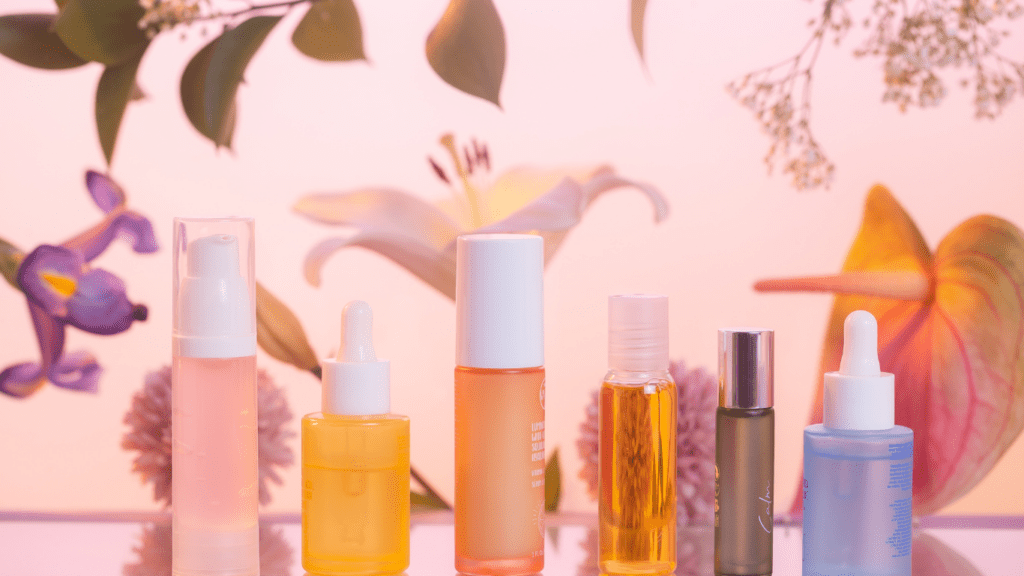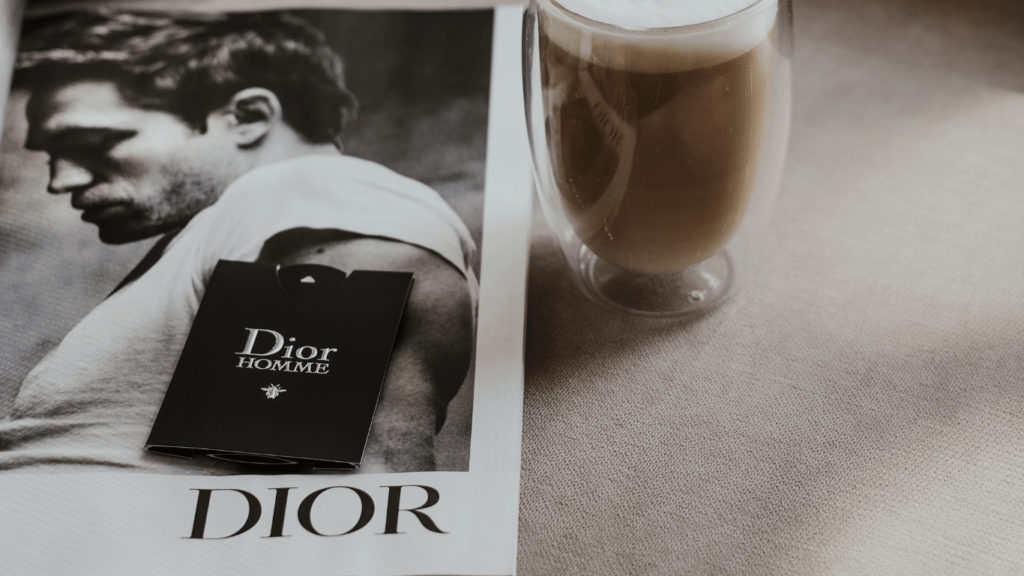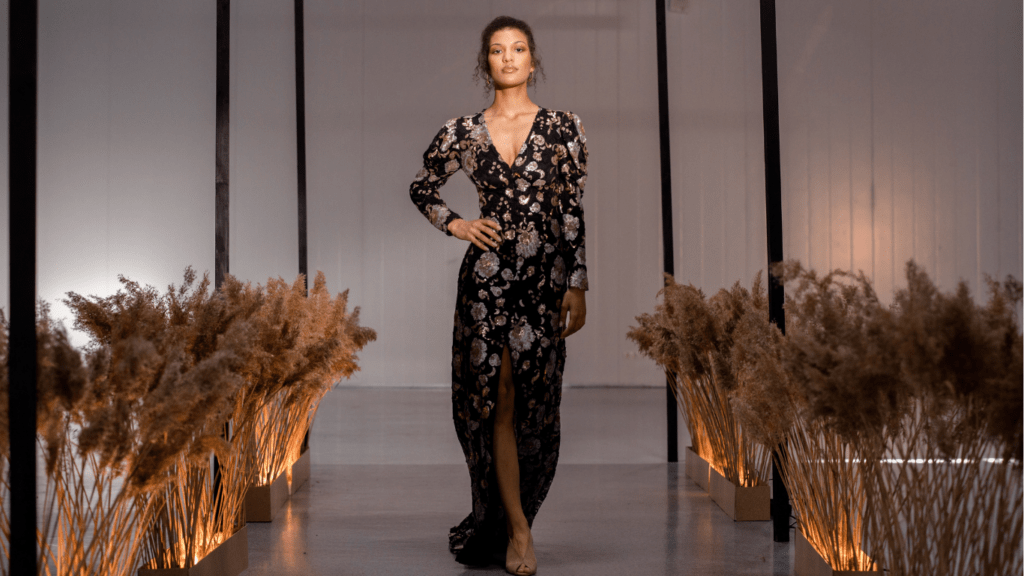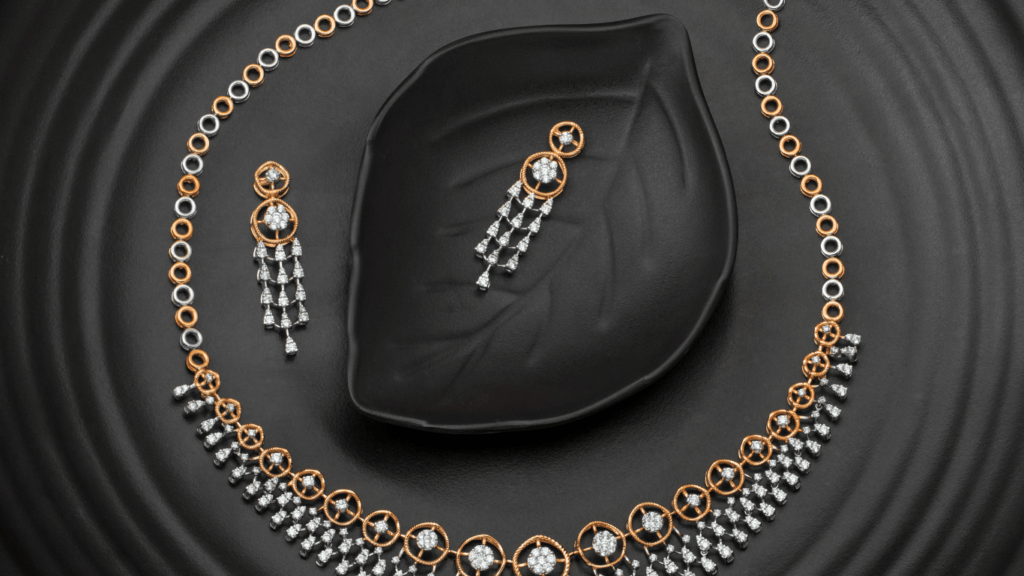The Origins of Dior
The legacy of Dior began with the vision of its founder, Christian Dior, in 1946. His innovative approach transformed fashion and set the stage for a new era in haute couture.
Christian Dior: The Visionary
Christian Dior revolutionized post-war fashion. Born on January 21, 1905, in Granville, France, Dior had an early interest in art and was initially involved in the gallery scene. In 1947, he launched his first collection, introducing the world to the “New Look” with cinched waists and full skirts. This bold departure from wartime austerity redefined femininity and fashion standards.
The Inception of Haute Couture
Haute couture at Dior began with meticulous craftsmanship and luxurious fabrics. Christian Dior’s 1947 collection marked the beginning of this tradition. Each piece featured hand-sewn details and bespoke tailoring, elevating fashion to an art form. Dior’s designs focused on silhouette and structure, emphasizing elegance and sophistication. This set a precedent in the fashion industry that continues to influence designers today.
| Key Events | Dates |
|---|---|
| Birth of Christian Dior | January 21, 1905 |
| Launch of First Collection | 1947 |
The origins of Dior are rooted in a commitment to quality, innovation, and artistic expression, establishing a timeless legacy in haute couture.
Iconic Fashion Collections
Dior has introduced numerous fashion collections that have left an indelible mark on the haute couture industry. Each collection showcases the brand’s dedication to innovation and timeless elegance.
The New Look Revolution
In 1947, Christian Dior launched the “New Look” collection, redefining women’s fashion post-WWII. Featuring cinched waists, full skirts, and an emphasis on an hourglass silhouette, this collection celebrated femininity and luxury. The “Bar Suit” became an emblem of this era, demonstrating impeccable tailoring and lush fabrics, which cemented Dior’s status as a premier fashion house.
Landmark Collections Over the Decades
Over the years, Dior has continually introduced landmark collections that resonate with evolving fashion tastes. In 1955, the “A-Line” collection created a revolution with its structured, letter-A silhouette. Dior’s “Tulip” collection in 1953 accentuated curves and floral motifs, reflecting nature’s influence on fashion. In the late 1990s, John Galliano’s tenure as Creative Director brought bold, theatrical elements to the runway, such as in the 1997 Haute Couture collection, blending historical references with modern aesthetics. More recently, Maria Grazia Chiuri’s 2017 “Dior Sauvage” collection reinterpreted classic designs with feminist messages and contemporary twists, aligning Dior with modern values and forward-thinking fashion while maintaining its heritage of luxury.
Beauty Line Evolution

Dior’s impact on the beauty industry matches its influence in haute couture. The brand’s beauty line shines with innovation and luxury, often setting new standards in the market.
Signature Fragrances
Dior’s fragrances have an iconic status that rivals their couture.
- The 1947 release of “Miss Dior” marked the brand’s foray into the world of scents, embodying elegance and sophistication.
- “J’adore”, launched in 1999, presented a floral bouquet that’s become a timeless classic.
These perfumes aren’t just fragrances, but also narratives that weave emotion and identity, setting Dior apart.
Makeup and Skincare Innovations
Dior’s makeup and skincare lines reflect the same dedication to quality seen in its couture. In 1955, Dior introduced their first line of makeup, offering essential products with meticulous formulations. Innovations like the Dior Addict Lipsticks and Diorshow Mascaras have become cult favorites, thanks to their exceptional quality.
Dior’s skincare advances also lead the industry. The Capture Totale range, introduced in the early 2000s, leverages cutting-edge research to target skin regeneration and anti-aging. Dior’s beauty line transcends traditional cosmetics, integrating advanced science with luxury to deliver transformative results.
Dior’s beauty lines blend heritage and modernity, offering products that not only enhance appearance but also indulge the senses. This balance of tradition and innovation ensures Dior remains at the forefront of the beauty industry.
Cultural Impact
Dior has left an indelible mark on fashion and beauty. Its influence resonates globally, shaping trends and inspiring countless people.
Influence on Celebrity Fashion
Dior has been a staple in celeb wardrobes.
- Numerous A-listers like Jennifer Lawrence and Charlize Theron consistently wear Dior at high-profile events.
- Dresses worn by these stars often become iconic, setting red carpet trends.
- When Natalie Portman wore Dior for her Oscar win in 2011, it echoed the brand’s prestige.
These appearances strengthen Dior’s allure and push fashion boundaries.
Dior in Hollywood
Hollywood’s love affair with Dior dates back decades. The brand’s luxurious offerings have graced many classic films. Marlene Dietrich famously demanded Dior designs for every film appearance in the 1950s. More recently, films like “Personal Shopper” and “Ocean’s 8” feature Dior ensembles. Collaborations between Dior and costume designers accentuate characters and enhance storytelling, showing Dior’s versatile fashion legacy.
Sustainable Practices
Dior demonstrates a commitment to sustainability in its operations, combining luxury with responsibility. The brand’s eco-conscious efforts aim to preserve the environment while maintaining its iconic style.
Ethical Fashion Initiatives
Dior implements several ethical fashion initiatives to promote sustainable practices. The company sources materials responsibly, ensuring suppliers comply with strict standards. For example, Dior prioritizes materials like organic cotton, ethically sourced wool, and recycled fabrics, which reduce the environmental impact. The brand partners with artisans worldwide, ensuring fair wages and safe working conditions. This investment supports local communities and preserves traditional craftsmanship.
Environmental Responsibility
Dior’s environmental responsibility efforts focus on reducing its carbon footprint and conserving resources. The brand has implemented eco-friendly packaging solutions by using recycled and recyclable materials in its products. Dior’s factories operate with energy-efficient technologies to minimize emissions. The company also engages in reforestation projects and biodiversity conservation. These initiatives, in collaboration with relevant organizations, help mitigate climate change effects and promote a sustainable future.
By integrating these sustainable practices, Dior ensures its luxury offerings don’t compromise the planet’s health. The brand’s legacy of innovation continues, with a focus on creating a positive environmental and social impact while maintaining its renowned elegance and quality.


 Senior Fashion & Beauty Writer
Eric Camp, a seasoned writer and fashion expert, lends his sharp eye for trends and beauty to Glam World Walk. With a background in luxury retail and editorial work, Eric dives deep into the latest runway trends, offering readers insightful takes on the intersection of style and culture. His beauty product reviews and fashion industry analyses make him an indispensable part of the team, keeping readers ahead of the curve on all things chic and stylish.
Senior Fashion & Beauty Writer
Eric Camp, a seasoned writer and fashion expert, lends his sharp eye for trends and beauty to Glam World Walk. With a background in luxury retail and editorial work, Eric dives deep into the latest runway trends, offering readers insightful takes on the intersection of style and culture. His beauty product reviews and fashion industry analyses make him an indispensable part of the team, keeping readers ahead of the curve on all things chic and stylish.
